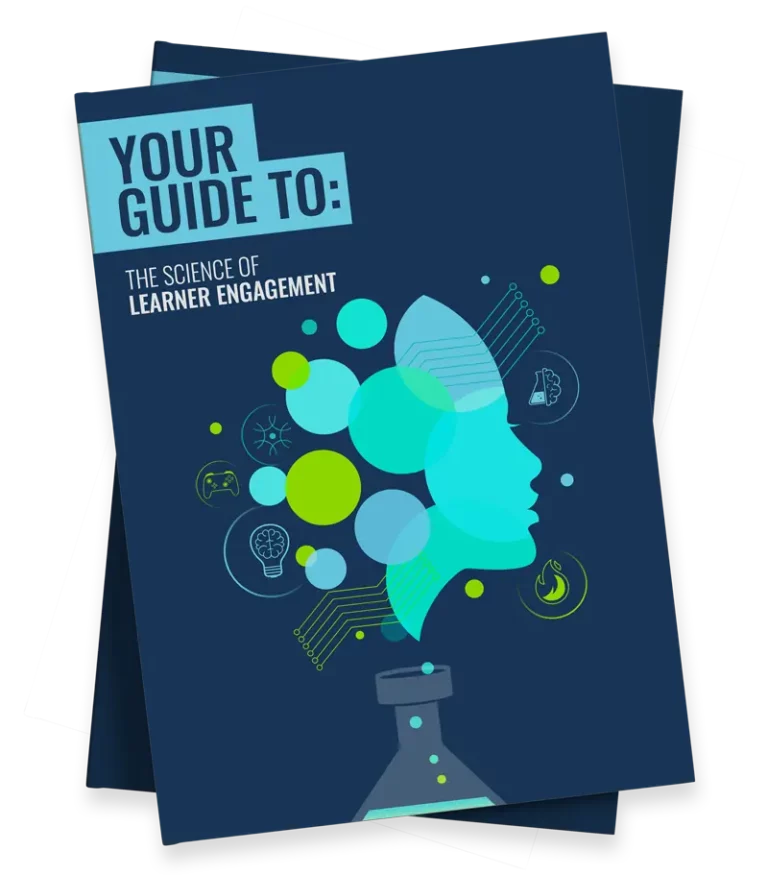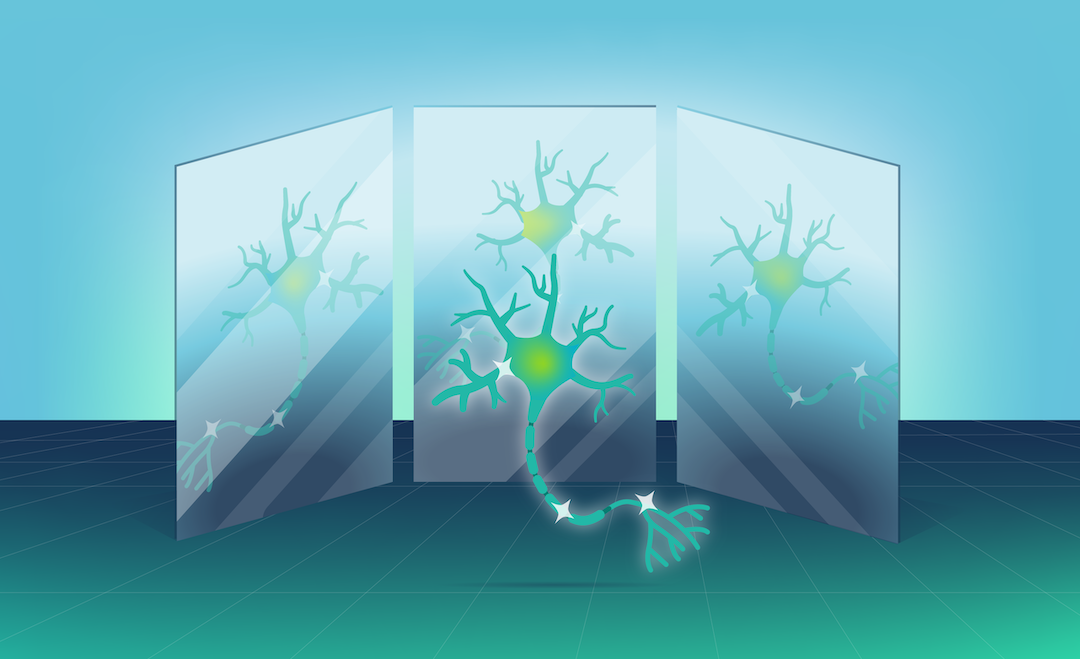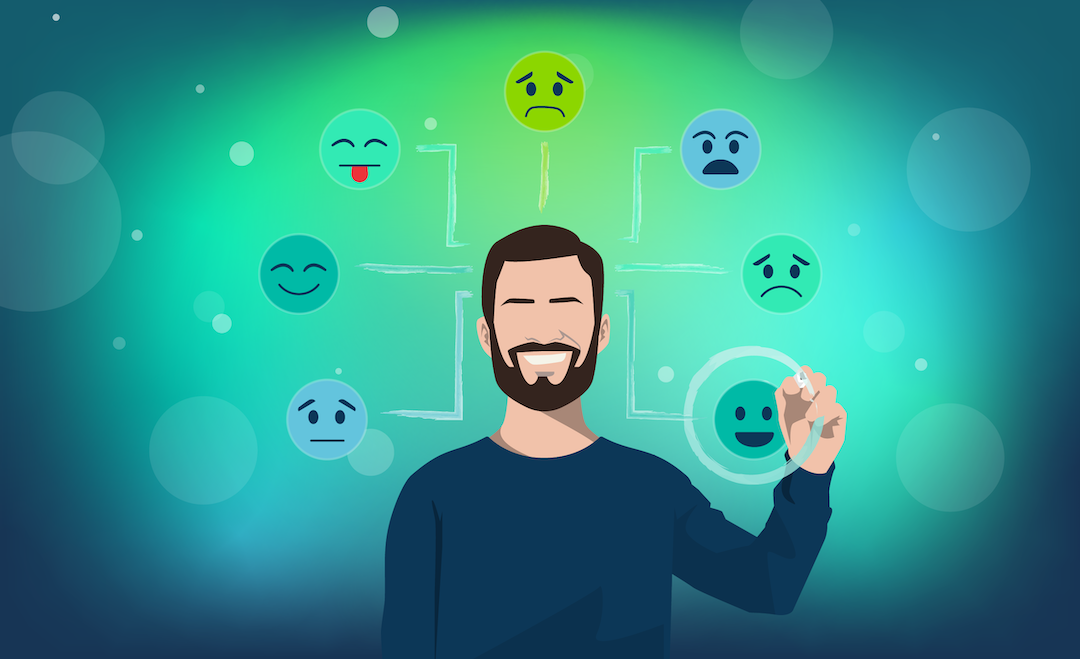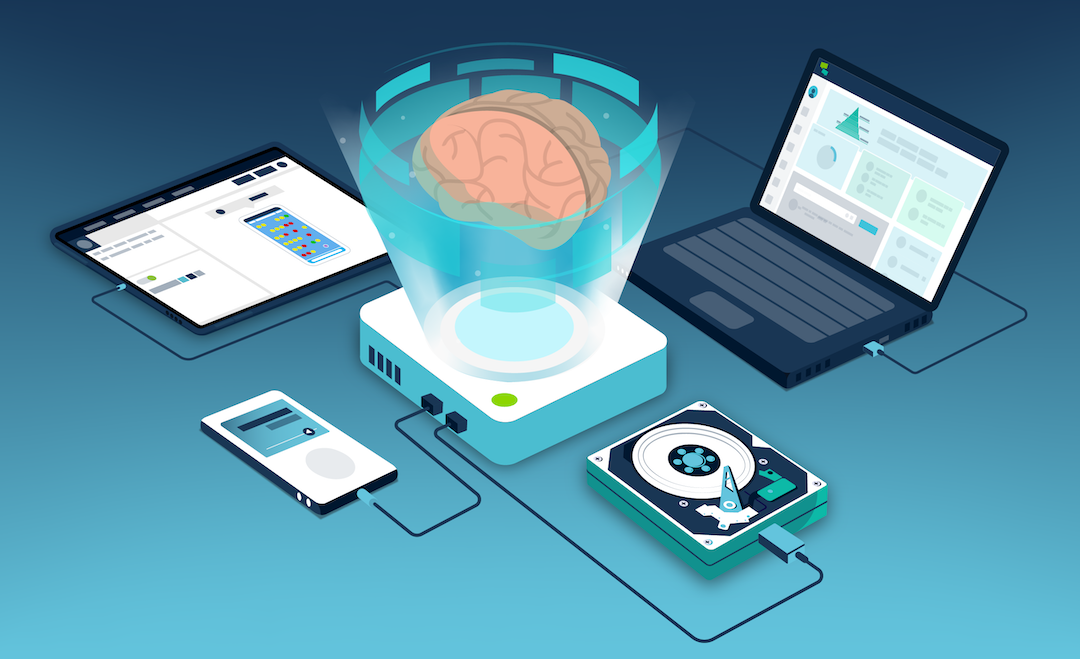
We’ve all been there. You’ve blocked out your calendar for ‘strategic learning’, but 10 minutes later you’ve lost focus and you’re watching a video of a dog surfboarding. And if this mental tug-of-war is your reality, it’s your learners’ reality too.
There’s a reason why almost 50% of adults feel like their attention spans are shorter than they used to be. The struggle is now so widespread that the term ‘brain rot’ was selected as Oxford’s Word of the Year for 2024.
But what if the problem isn’t a lack of will-power, but a misunderstanding of our own biology? In a world full of distractions, the ability to pay attention is like a superpower. As Bruce Lee once put it, ‘The successful warrior is the average man, with laser-like focus’.
In this article, we’ll explore the current chaotic attention landscape and dive into the neuroscience of focus to reveal how it truly works. We’ll also equip you with actionable strategies to design learning experiences that cut through all the noise.
Ready to focus on focus? Then let’s get started before a notification pulls us away!
The Battle for Attention
Here’s the undeniable truth: the battle for your learners’ attention is already raging, and we’re losing the war for deep focus. After all, we’re not just up against a bit of background noise. We’re battling an environment that’s designed to overwhelm the brain’s natural limitations.
To understand the extent of the problem, let’s see what we’re fighting against.
- The average smartphone user gets 46 app notifications per day.
- The average person checks their phone a staggering 144 times per day.
- The average employee checks their email around 36 times per hour.
- Nearly half of all employees get distracted at least once every 30 minutes.
- We toggle between apps and websites approximately 1,200 times per day.
With all this going on, it’s a miracle that any deep work gets done at all. The reality is, each context switch shatters the fragile state of flow where true learning and development happens. But what is the tangible cost of this fractured focus?
The Cost of Distractions

The sheer volume of the attack highlights a grim truth: all these distractions are inflicting a massive cognitive penalty on our attention spans. Our minds are like a web browser with too many tabs open. We’re completely overwhelmed.
In fact, our ability to focus on a single screen has plummeted from 2.5 minutes in the halcyon days of 2004 to just 47 seconds today. That’s barely enough time to read a headline, let alone master a skill.
Worse still, once a distraction has occurred, it takes an average of 23 minutes to return to a state of focused, uninterrupted work. Interestingly, this recovery time is virtually identical to the 24 minutes per week that Josh Bersin estimates employees have available for formal training.
That’s right. A single email can wipe out an entire week’s worth of learning time. This is all the more painful given that half of all work interruptions are self-inflicted. We truly are our own worst enemies.
Unfortunately, attempting to multitask won’t make things any better. Studies show that juggling tasks can reduce your overall cognitive performance by up to 40%. In other words, you’re almost half as effective as you might be.
This is the key takeaway: distractions don’t just cost us time. They fundamentally weaken performance. Indeed, a single notification ding can disrupt your brain’s ability to consolidate the last 90 seconds of what you’ve just learned into long-term memory.
It’s not just an interruption, it’s a complete brain wipe.
The Science of Focus
If only there were one single ‘Focus Button’ you could push in your skull. But nope, that’d be much too simple. Your attention isn’t managed by a single part of your brain. Instead, it’s run by a dynamic, highly-sensitive committee of brain regions.
The good news? By understanding these neural ‘key players’, you get the inside track on why focus fails and how to beat distraction at its own game.
The Prefrontal Cortex (PFC)

First and foremost, let’s meet the big boss: the prefrontal cortex (PFC). Tucked right behind your forehead, the PFC is often labelled the ‘CEO of your brain’. This is for a good reason, as it’s the ultimate command centre for all your executive functions.
It’s the brain region responsible for complex tasks like strategic decision-making, problem-solving, and planning. Most critically, it’s the dedicated force behind sustained attention and laser-focus.
When you’re crushing a tough learning module or finally nailing a challenging concept, it’s your PFC that’s doing the heavy lifting. However, even our brain’s CEO has its limits. Its resources run on metabolic energy (like glucose) and it fatigues easily.
Think of it like a powerful but demanding muscle. While it’s the strongest force on the team, its energy bar drains quickly. This overworked state is what we call ‘ego depletion’ or ‘decision fatigue’ (more on this shortly).
That explains why, after a morning of intense focus, you can’t even decide what to eat for lunch!
The Reticular Activating System (RAS):
Next on our focus committee is the reticular activating system (RAS). This tiny bundle of nerves, located at the base of your brainstem, acts as the brain’s trusted gatekeeper or elite VIP bouncer.
After all, it stands guard, constantly filtering the flood of incoming sensory information (all those sights, sounds, and touches) before deciding what to push up to your conscious awareness (your PFC) and what to ignore. If your name’s not on the list, you’re not coming in!
It’s the reason why you’ll instantly hear a sudden car alarm, but the consistent hum of your refrigerator usually gets drowned out. Your RAS is fine-tuned to seek out and highlight novelty.
This makes it great for spotting danger, but it’s also the reason why a notification ping can fling us out of a deep flow state. As such, it’s up to us to train our brain’s gatekeeper by clearly signalling which tasks deserve a VIP pass and which should be blacklisted.
The Neurotransmitters
Focus isn’t just about brain regions. It’s also a chemical process. With this in mind, here are the three key neurotransmitters (or chemical messengers) that are essential for activating and maintaining attention.
1. Dopamine
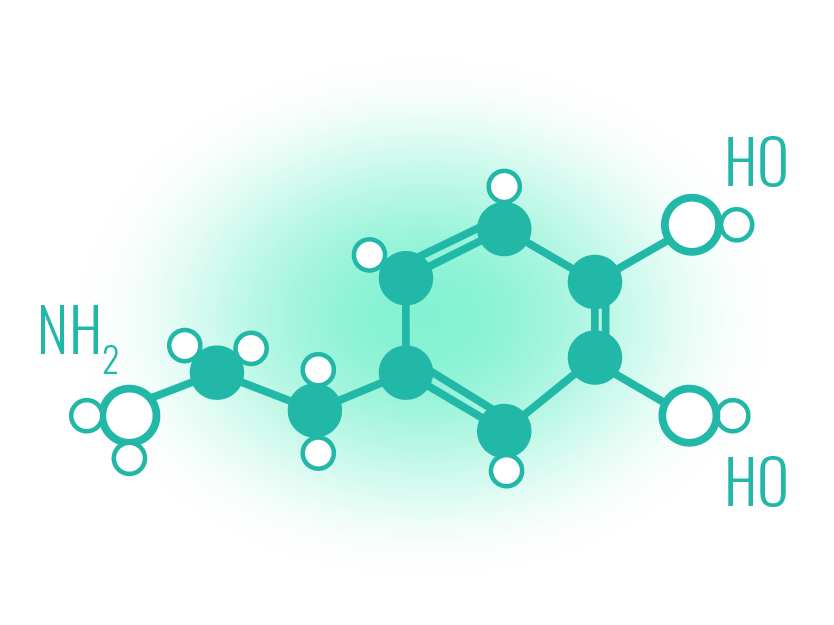
We often hear about dopamine being the ‘pleasure chemical’, but let’s call it what it really is: the motivation molecule. After all, dopamine isn’t triggered by the reward itself. It’s actually released in anticipation of achieving a goal.
Here’s how it works in real-time: let’s say you’re tackling a tough eLearning unit and you know a shiny badge is waiting for you once you ace the final quiz. This anticipatory knowledge floods your mesolimbic pathways with dopamine.
In turn, the resulting chemical rush snaps your attention into lockstep, overriding distractions and providing the essential focus you need to finish the job and claim your win!

2. Norepinephrine
Next up, we have norepinephrine (aka. noradrenaline), your brain’s natural focus accelerator. This neurotransmitter is responsible for heightening arousal and alertness, essentially fine-tuning your senses and preparing your brain to take action.
However, there is a limit. Too much norepinephrine, usually driven by stress, quickly sends your system into overdrive. Instead of calm focus, you’ll end up with anxiety and an inability to concentrate. That’s why you should always aim for a balanced state of relaxed alertness.
3. Acetylcholine
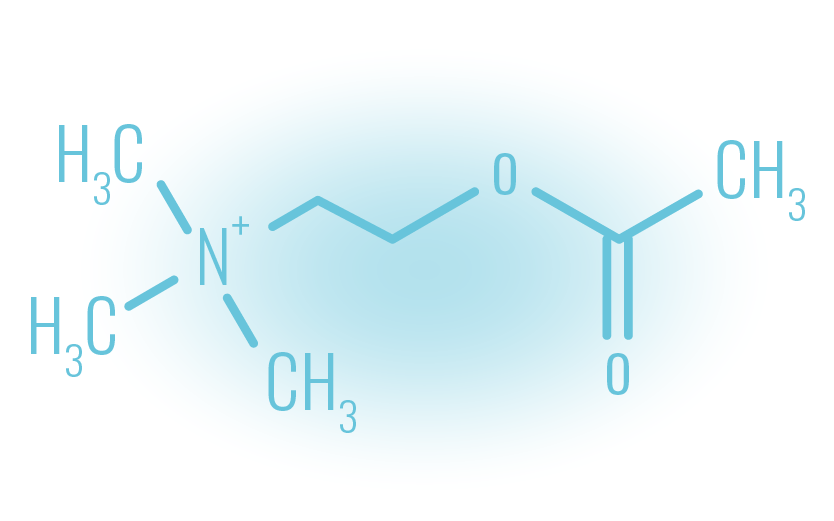
Last but certainly not least on our chemical roster is acetylcholine, a neurotransmitter that’s crucial for learning and memory. Its job is to strengthen the specific neural pathways you’re using for a task (the ‘signal’) while suppressing irrelevant background activity (the ‘noise’).
This ability to fine-tune your neural circuits means you can lock onto exactly what you’re learning and ignore any distracting thoughts. What’s more, by boosting the strength of incoming sensory information, acetylcholine helps to encode new concepts straight into your long-term memory.
Armed with all this neuroscience, it’s easy to see why our focus is so fleeting. A worn-out PFC, a distraction-hungry RAS, and a lack of motivating chemicals can derail an entire learning experience. And sadly, the difficulties don’t stop there.
Why Focus is So Hard
We’ve met the brain’s focus committee, but the fun doesn’t stop there. We also have deeply ingrained neurological saboteurs waiting to jump in and hijack your attention. Understanding these internal troublemakers is the first step to defeating them and reclaiming your focus!
1. Novelty Bias
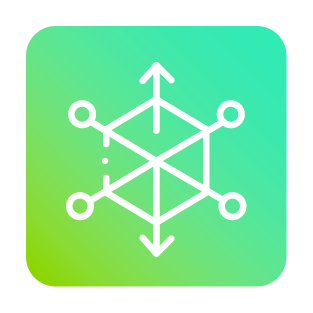
As we’ve seen, our brain is hardwired to prioritise new information. We call this ‘novelty bias’, and it’s the reason why you can readily remember a funny meme your friend sent you last month, but might struggle to remember your partner’s birthday.
There’s a powerful, evolutionary reason behind this shiny toy syndrome. Crucially, science shows that the brain’s primary dopamine-producing region, the substantia nigra/ventral tegmental area, is activated only by completely novel stimuli.
Of course, new isn’t always better. I’ve never tried standing on a rusty nail before, and I’m not sure I want to. Likewise, while that notification ping may be a ‘new’ distraction, it’s usually not more worthy of your attention than your focus activity.
Despite this, our novelty bias means we’re conditioned to seek out distractions, rather than engage in the deep, meaningful work required for real progress.
2. Cognitive Overload
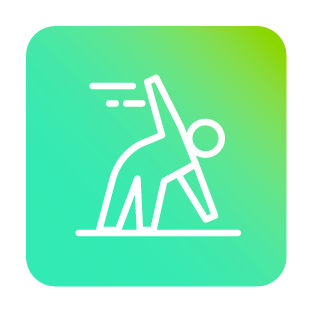
Your prefrontal cortex may be your brain’s CEO, but it still has a tiny office!
In fact, research suggests that we can only hold seven pieces of information (plus or minus two) in our short-term memories at any given moment. Exceeding this limit leads to cognitive overload and a sharp drop in learning performance.
Poorly designed or overly dense learning experiences monopolise all these precious slots in our working memory. Instead of using that mental energy to process and retain information, our brain has to fight distractions or sort through irrelevant information.
The outcome is all too predictable: our focus shatters, frustration sets in, and learning simply doesn’t stick.
3. Decision Fatigue
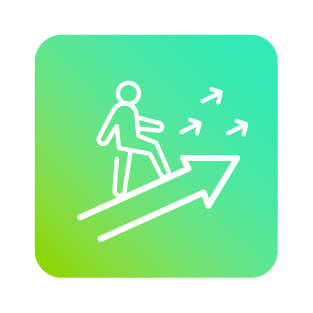
You know the feeling: staring at a menu so vast it feels less like a list and more like a literary burden. It’s so much easier to order from a simple board, right? This is decision fatigue in action and there’s plenty of evidence to back up this mental meltdown:
- The average adult makes an estimated 35,000 decisions every day. Is it any wonder our willpower sometimes runs dry?
- Case in point: judges are far more likely to grant parole in the morning when their PFCs are still fresh. Approval rates plummet from 70% to 10% right after lunch.
- Likewise, patients who meet with a fatigued surgeon toward the end of their shift are 33% less likely to be scheduled for an operation.
- Moreover, 74% of consumers say they have abandoned their online shopping cart because they were overwhelmed with options.
- And a study on ego depletion found that participants who had recently resisted freshly baked cookies were less able to persevere through challenging puzzles later on.
Why does this matter? Well, the modern workday is a marathon of micro-decisions. It’s like signing your prefrontal cortex up for Barry’s Bootcamp. Eventually, you will run out of energy, and your ability to engage in demanding tasks (like learning) will diminish.
As such, it’s vitally important that we treat our learners’ focus like the finite and precious resource it is.
4. Variable Rewards
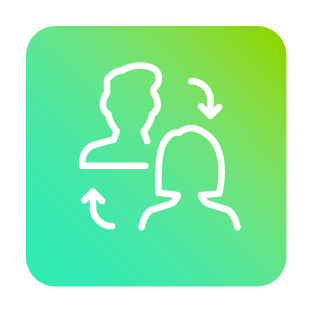
Research tells us that our brain’s motivational system is most powerfully activated not by a predictable reward, but by a variable reward. Indeed, this is the same mechanism that makes gambling so addictive. The cycle is fuelled by dopamine and ‘maybe this time’ anticipation.
Sadly, the world around us is perfectly designed to exploit this. Your phone is a portable casino. Every notification is a ringing bell, and every infinite scroll is a slot machine, offering a variable reward that keeps you hooked through the vague possibility of a meaningful social payoff.
This uncertainty creates a powerful, compulsive loop that’s difficult to break. It’s the reason why we have a near-physiological urge to check our devices (and then check them again mere seconds later). Is it any wonder that focused work is such a challenge?
The Solution: How to Save Focus
Suffice to say, our learners aren’t just battling difficult material, they’re fighting an entire environment that actively sabotages their focus. As L&D leaders, it’s up to us to safeguard their cognitive resources and protect their focus.
We can pull this off by designing learning that works with our biology, rather than against it. Here’s how you can get started:
1. Treat Focus as a Trainable Skill

Focus isn’t a fixed trait. It’s more like an operating system that you can update and optimise over time. This ability is called neuroplasticity, which is your brain’s capacity to rewire connections and form new neural connections throughout your life.
In fact, every time you intentionally resist a distraction, it’s a small victory for your prefrontal cortex. You are actively training it to override your default mode network, which is responsible for your mind wandering.
Ready to resist? Then encourage your learners to follow these steps:
- Start Small: Kick things off with short, timed bursts of concentration on a demanding task. Even 10 minutes can be enough to get neural pathways firing.
- Scheduled Practice: Treat focus like an exercise routine. Schedule ‘deep work’ blocks into your day and stick to them to help build the habit.
- Practice Mindfulness: Use mindfulness exercises not just to clear your head, but to practice the act of redirecting your attention the moment it wanders.
2. Find the Focus Window

To prevent the prefrontal cortex suffering serious burnout, we must take note of our body’s natural energy cycles. For example, research suggests we’re often most alert and ready to focus in the late morning. That’s when your learners should tackle the tough stuff.
The brain also operates in 90-120 minute ultradian cycles. Think of this as a natural sprint/rest pattern. Pushing past this biological limit is almost always highly counterproductive.
Instead, encourage your learners to take breaks as necessary. And keep in mind that these breaks should be restorative, not further depleting. Encourage movement to get blood flowing and screen-free time to soothe their reticular activating system.
3. Build a Focus Fortress
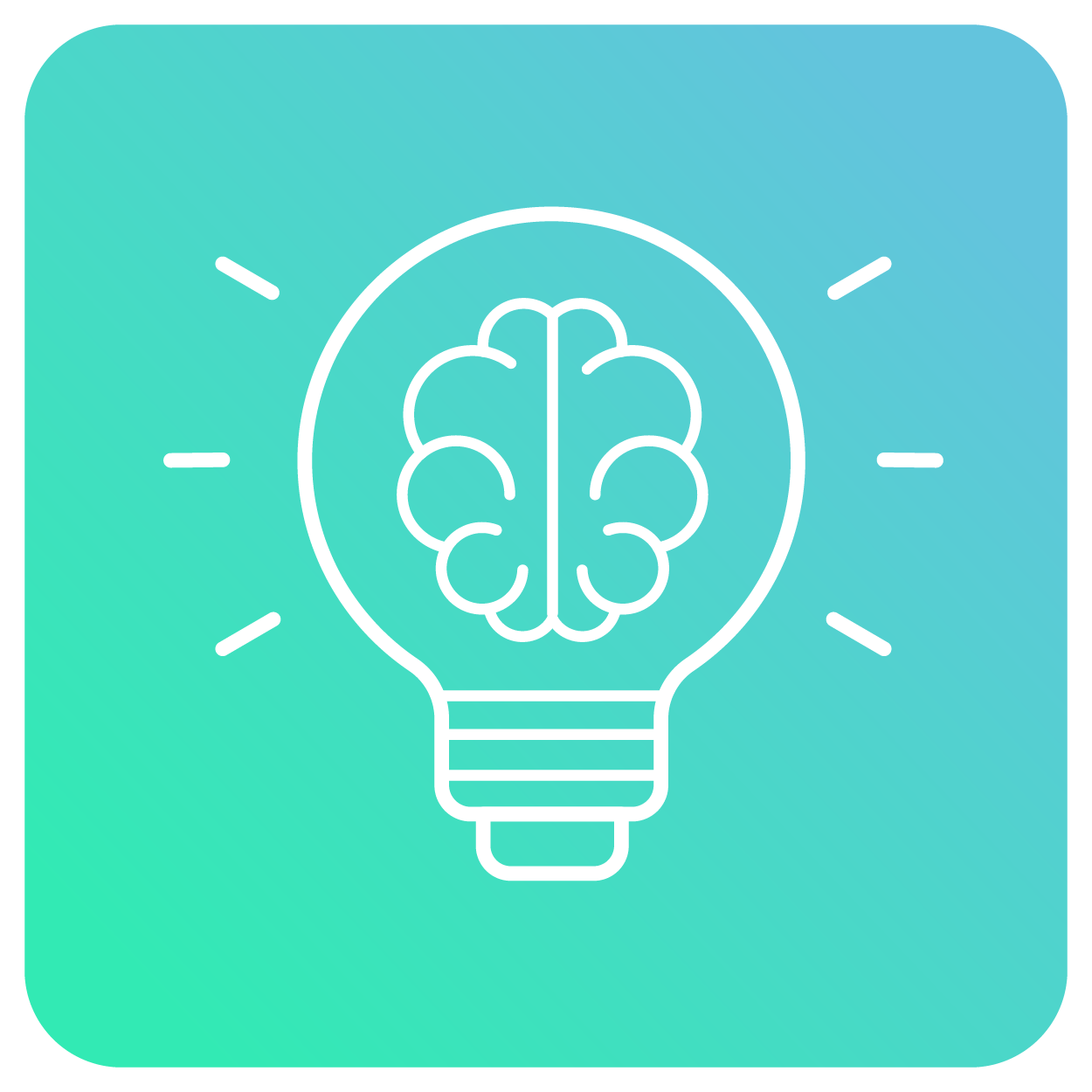
Your learners’ reticular activating system sits ever-alert, waiting for any hint of novelty. But what if novelty never surfaces? Removing all sources of distraction maximises the cognitive energy available for completing the learning task at hand.
So, it’s up to us to arm our learners with advice for setting up their personal focus fortress. Here’s what we’d suggest:
- Ruthlessly turn off all non-essential pings, pop-ups, and badges.
- Even if it’s off, place your phone out of sight.
- Use focus apps to reduce potential distractions.
- Block out your calendar during focused learning time.
- Establish a dedicated space for deep work.
4. Prime the Brain’s Attention Filter

We can also support our learners’ reticular activating systems by clearly signalling which learning interventions are important. This helps learners to conserve the mental energy that would otherwise be wasted searching for meaning.
For instance, why not begin each module with a compelling, problem-oriented question or statement of value? This will prepare each learner’s brain to receive and retain the information. It also helps to answer the fundamental question: what’s in it for me?
We recommend introducing a consistent hierarchy of headers, bold visuals, and strategic call-out boxes to command attentional resources. Finally, don’t forget to ruthlessly eliminate any remaining visual clutter or jargon from your training content.
5. Fuel Focus with Micro-Wins

We know the brain’s reward system releases dopamine in anticipation of a goal or a reward. But what if we could ethically hack this system, turning a potential distraction trigger into a focus tool? You can pull this off by establishing frequent micro-wins:
- Provide immediate, positive reinforcement after the completion of every small sub-task (for instance, ‘You aced this test!’).
- Use clear progress bars and simple visual cues to show learners what’s been accomplished and how close they are to their next goal.
- Deploy game mechanics like badges and XP to encourage persistence. These are perfect dopamine boosters when implemented correctly.
In turn, your learning programme will soon be as addictive as your audience’s social feeds. Just ensure your rewards are tied to meaningful learning progress and not to random clicks or time spent. That way, you’re harnessing this incredible motivational power for good!
Final Words
As the battle for attention intensifies, learning professionals have to come to terms with a stark new reality. We now know that getting distracted isn’t a personal failing. It’s a natural biological response to the world around us.
Thankfully, by mastering the neuroscience of focus, we can construct learning environments that rescue attention, rather than fracture it. It’s up to us to protect prefrontal cortexes from fatigue, guide our learners’ reticular activating systems, and harness dopamine to fuel progress.
In other words, it’s time to stop fighting against the brain’s wiring and start designing for it. The cost of inaction is unrealised potential and a poor return on your training investment. Fortunately, the future of focus is in your hands. Good luck!
Thanks for reading. If you’ve enjoyed this content, please connect with me here or find more articles here.
Focus is the foundation. Engagement is the next step. Download ‘The Science of Learner Engagement’ guidebook now and get the complete blueprint for using brain science to drive real-world learning outcomes.

